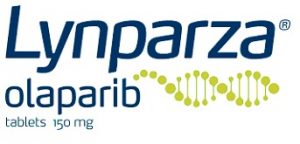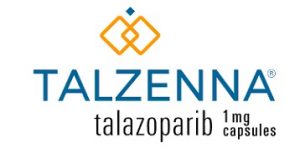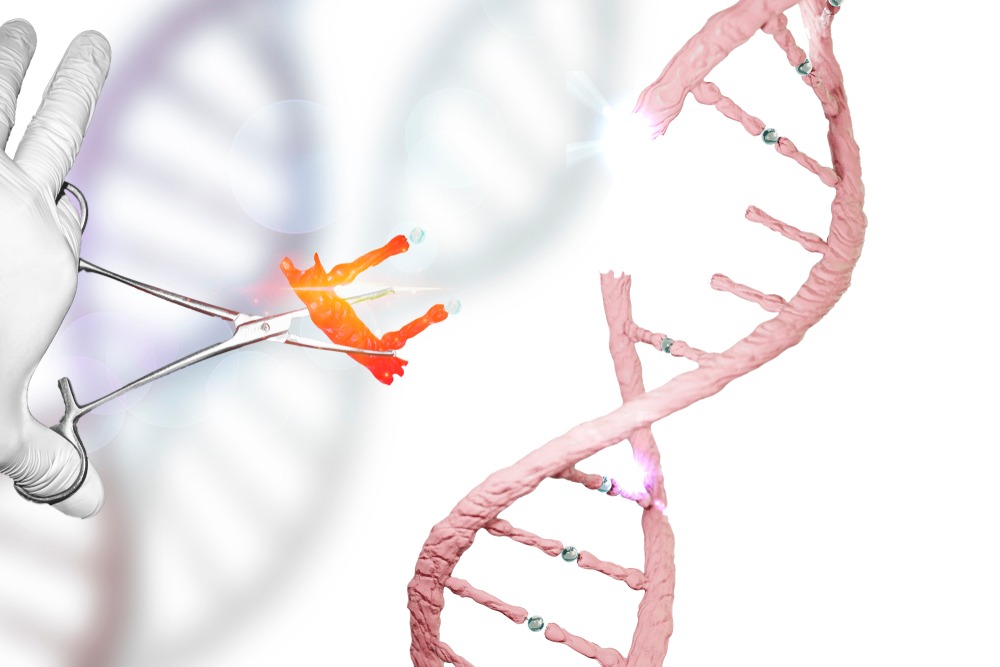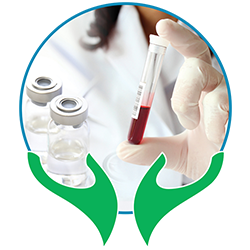Understanding Homologous Recombination Repair (HRR) and Its Testing Importance
Delving into HRR: A Cellular Mechanism for DNA Repair
Homologous recombination and DNA repair (HRR) are crucial for genome maintenance. Homologous recombination DNA repair is a process by which double-stranded DNA breaks and inter strand crosslinks use sister chromatids as a template for repair, thus it helps in removing DNA damage in an error-free fashion. The deficiency in the HRR pathway leads to Homologous recombination deficiency (HRD) that is associated with several tumor types like breast, ovarian, prostate, and pancreatic cancers.
Why HRR testing is required?
Poly (ADP-ribose) polymerases (PARPs) are members of related enzymes that catalyze the transfer of ADP-ribose to target proteins. PARP1 and PARP2 play an important role in maintaining genomic stability by mediating DNA repair processes. Among the PARP families, PARP1 shows abundant expression compared to the others and is responsible for most of the cellular PAR formation.
Newer dimension of studies could relate that pathogenic germline variants and clinically significant somatic mutations of HRR genes turn cancer cells susceptible to PARP inhibitors (PARPi) and other evolving targeted therapies. Testing HRR genes for genetic variants has thus acquired greater importance in risk stratification and treatment decision-making.
PARPi are targeted therapy drugs that interact with PARP enzyme in the cells, where they interact with the NAD+ binding site. This helps in the inactivation of PARP thereby inhibiting cell growth and cell death. This targeted therapy reduces the side-effect too.
US FDA-Approved PARP inhibitors available for treatment:

Olaparib (Lynparza)

Talazoparib (Talzenna)

Rucaparib (Rubraca)

Niraparib (Zejula)
Why HRR testing is required?
PARP enzymes are integral to the base excision repair pathway, where it repairs the single-strand breaks in DNA. The unrepaired single-strand breaks result in the formation of double-strand breaks, which are repaired through the HRR pathway as mentioned above.
Deficiency in synthetic lethality is a mechanism through which the PARP inhibitors target the tumor cells selectively. The preferential targeting of tumour cells thereby spares the healthy cell, thus providing the patients with benefits that are not achievable through conventional chemotherapy. This help the clinician to decide on the targeted therapy option for patient whether the patient is eligible for PARP inhibitor therapy and increases the chance to fight the cancer with FDA approved PARP inhibitors.

















